Lawn fertilization is important to giving your lawn the proper nutrients it needs to thrive through out the year. The best way to stay on track is to follow a weed and feed schedule for lawn care.
Proper lawn fertilization is a balance of what your soil is giving your lawn and what you can add to it.
It’s important to apply fertilizer at the right time of year and at the right amount. Otherwise you will end up with a mediocre lawn.
- Over-fertilization can cause spurts of random growth that will cause unsightly, uneven patches of grass.
- Under-fertilization can cause the grass to have difficulty warding off invading weeds and disease. We recommend using a soil analysis test kit or taking a sample of your soil to your local cooperative extension so your soil can be analyzed to determine what nutrients your soil is lacking. The healthiest, hardiest lawns are fertilized at least 4 times per year; fall, summer, early spring and late spring.
Greenest Lawn on Your Block
Ryno Lawn Care’s fertilization program has the best results in North Texas. Over the last decade we have perfected our process and proprietary products we use. Get the greenest grass for your lawn too.
Following a Lawn Care Treatment Schedule
Using a soil analysis test kit or taking a sample of your soil to your local cooperative extension to be analyzed. Determine what nutrients your soil is lacking based of this test.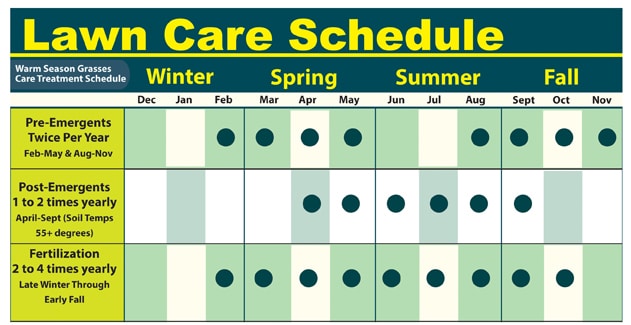
Pre and Post-Emergents For Weed Control
Unsightly weeds can make any lawn bad and unhealthy. Once weeds move in, they take nutrients and water away from your grass. This can result in a thinned out lawn.Weeds are generally split into two categories.
- Perennial grassy weeds are considered to be the most difficult weed problems to deal with in lawns.
- Broadleaf Weeds are easily identified in the lawn because they do not resemble grass. Examples of broadleaf weeds include dandelions, chickweed, and plantain.
Our Recommended Treatment Products
Pre-Emergent Fertilizers
These help to prevent weeds before they grow. Apply twice per year. February-May & August-November.
Post-Emergent Fertilizers
These help kill weeds that are already grown. Apply when needed, during the middle of the year, April-September.
Pre-emergent products kill weeds before they are able to grow above the soil. Timing is very important! Apply pre-emergents just before the soil reaches 55+ degrees, just before the seeds begin to germinate in the soil. Please follow the product label for mowing restrictions prior to and after herbicide applications as mowing can negatively impact the efficacy of the herbicide.
You can choose many different types of post-emergent products kill already-growing weeds. Note that some selective post-emergent will not harm foliage other than the target weed. While non-selective will kill any plant it comes in contact with, including your grass. Please be refer to the product label for mowing restrictions prior to and after herbicide applications. You can use a post emergent can be used as early as April in warm regions.

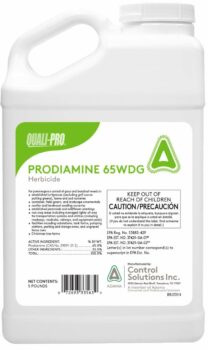
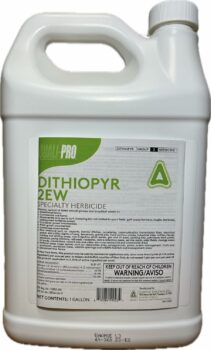
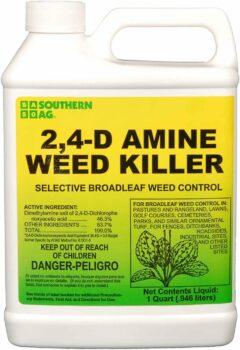
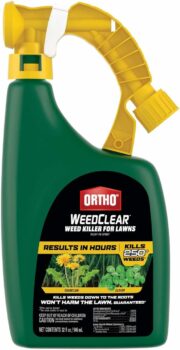

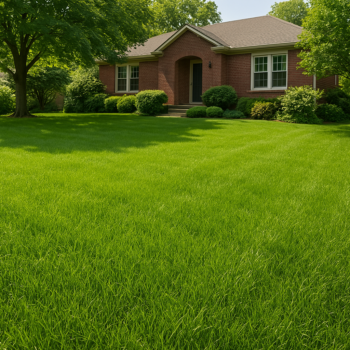
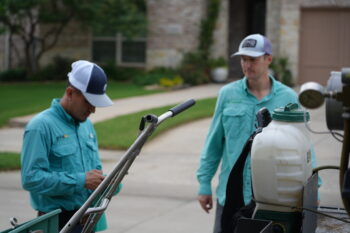

3 Responses
Proper fertilization doesn’t just help plant crops, but is also necessary for lawns. Before, I talk about following a lawn schedule, I need to source a good local corporation for analysis. But I’m a bit confused about this. How do I get one or more of these local cooperatives for analysis and putting me through on how to follow the lawn care schedule.
pigweed and grass burrs are my nightmare on my ballfields in Smithville, Tx. I have new irrigation system now and it’s improving. any suggestions
Before you choose any fertilizer to ensure that you select the one that has nitrogen. Knowing how to apply fertilizer is also important. Water your lawn a day before applying fertilizer and let the grass dry completely. Then water again after application so that fertilizer from the grass blades is washed off. Do not over-fertilize else you will have to mow the lawn often.